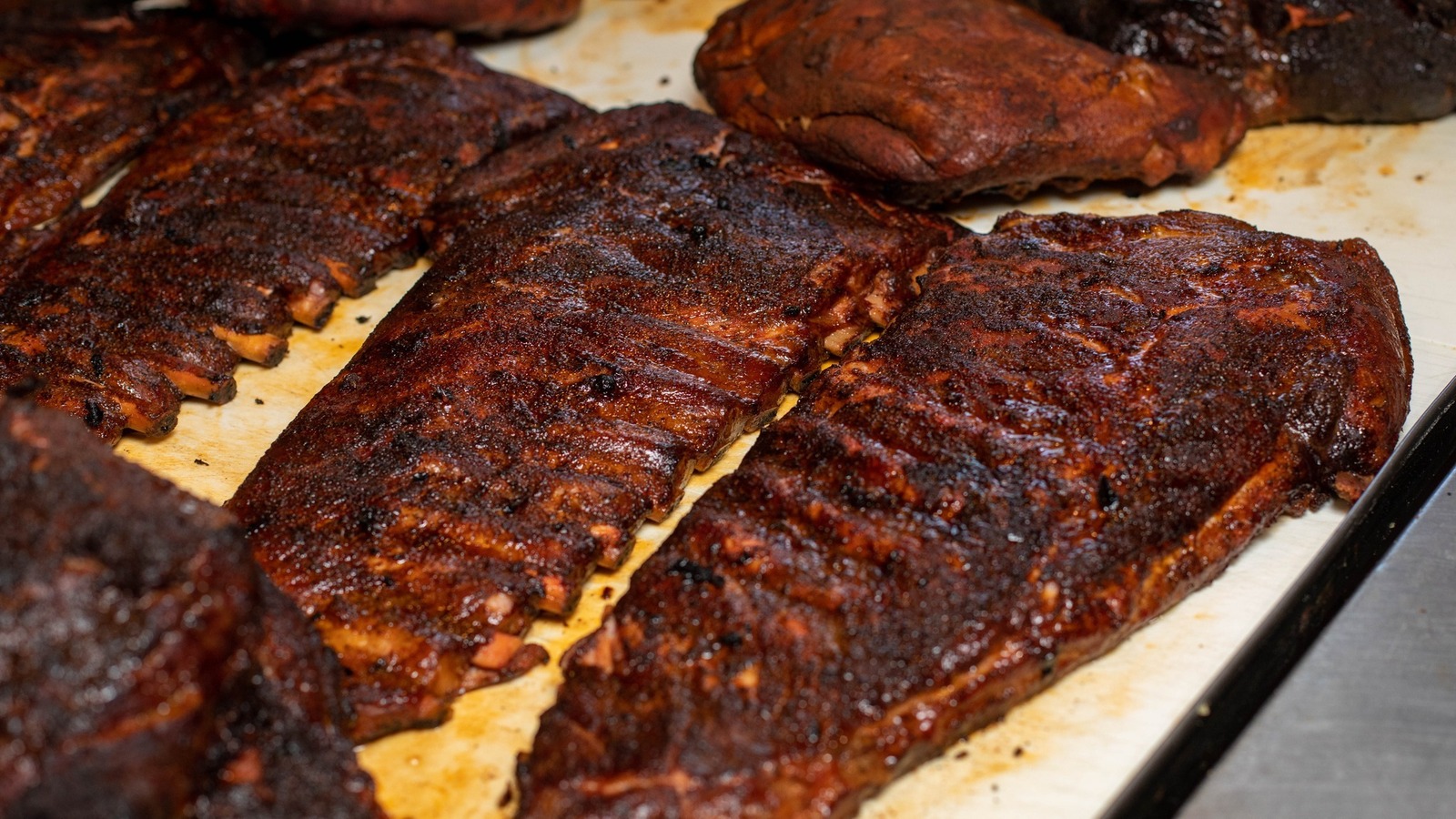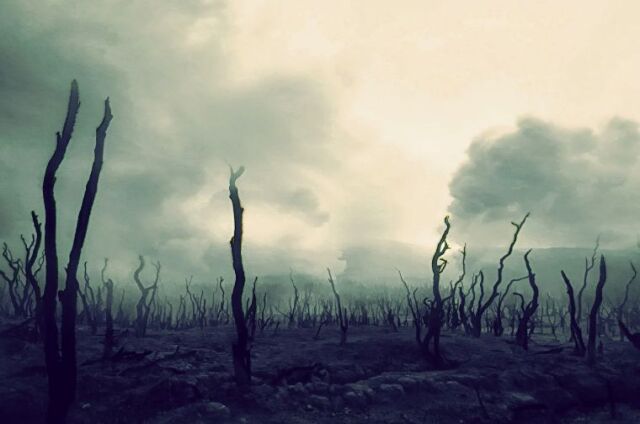0 Commenti
0 condivisioni
115 Views

Elenco
Elevate your Sngine platform to new levels with plugins from YubNub Digital Media!
-
Effettua l'accesso per mettere mi piace, condividere e commentare!
-
Dollar General Canned Food Worth Stocking Up OnDollar General Canned Food Worth Stocking Up On...0 Commenti 0 condivisioni 1K Views
-
One Of Florida's Best BBQ Spots Sold Out For Nearly 10 Years StraightOne Of Florida's Best BBQ Spots Sold Out For Nearly 10 Years Straight Florida may not be one of the states that make up America's barbecue belt (that honor goes to places like Missouri, Kentucky, and Alabama, among others), but it's still home to...0 Commenti 0 condivisioni 1K Views
-
Upcoming French JRPG Edge of Memories has an incredibly unique take on combatUpcoming French JRPG Edge of Memories has an incredibly unique take on combat As an Amazon Associate, we earn from qualifying purchases and other affiliate schemes. Learn more. If you've finished with Clair Obscur Expedition 33 and are looking for another French studio's take on the JRPG genre, I've got exactly what you...0 Commenti 0 condivisioni 1K Views
-
Twitch to roll out vertical streaming and other updatesTwitch updates: Vertical video and dual streaming The streaming platform announced new features at TwitchCon. By ...0 Commenti 0 condivisioni 1K Views
-
-
 WWW.DUALSHOCKERS.COMElden Ring Nightreign: How to Complete the Oldest GaolIf you're a completionist and want to earn all the trophies for Elden Ring Nightreign, you'll need to complete the Oldest Gaol. However, the game gives zero information on what the Oldest Gaol is, making it challenging to complete.0 Commenti 0 condivisioni 118 Views
WWW.DUALSHOCKERS.COMElden Ring Nightreign: How to Complete the Oldest GaolIf you're a completionist and want to earn all the trophies for Elden Ring Nightreign, you'll need to complete the Oldest Gaol. However, the game gives zero information on what the Oldest Gaol is, making it challenging to complete.0 Commenti 0 condivisioni 118 Views -
 WWW.PCGAMESN.COMUpcoming French JRPG Edge of Memories has an incredibly unique take on combatIf youve finished with Clair Obscur Expedition 33 and are looking for another French studios take on the JRPG genre, Ive got exactly what you need. I was fortunate enough to go hands on with the upcoming Edge of Memories recently, and the action RPG has some slick combat ideas that make it one to watch. With pedigree from Xenoblade Chronicles X, Nier, Nier Automata, and Chrono Trigger, Edge of Memories cant come soon enough. Continue reading Upcoming French JRPG Edge of Memories has an incredibly unique take on combatMORE FROM PCGAMESN: Best RPGs, Best JRPGs, Best indie games0 Commenti 0 condivisioni 116 Views
WWW.PCGAMESN.COMUpcoming French JRPG Edge of Memories has an incredibly unique take on combatIf youve finished with Clair Obscur Expedition 33 and are looking for another French studios take on the JRPG genre, Ive got exactly what you need. I was fortunate enough to go hands on with the upcoming Edge of Memories recently, and the action RPG has some slick combat ideas that make it one to watch. With pedigree from Xenoblade Chronicles X, Nier, Nier Automata, and Chrono Trigger, Edge of Memories cant come soon enough. Continue reading Upcoming French JRPG Edge of Memories has an incredibly unique take on combatMORE FROM PCGAMESN: Best RPGs, Best JRPGs, Best indie games0 Commenti 0 condivisioni 116 Views -
 WWW.MASHED.COMDollar General Canned Food Worth Stocking Up OnDollar General has a little bit of everything. If you're looking to stock your pantry with some reliable canned products, you can't go wrong with these picks.0 Commenti 0 condivisioni 122 Views
WWW.MASHED.COMDollar General Canned Food Worth Stocking Up OnDollar General has a little bit of everything. If you're looking to stock your pantry with some reliable canned products, you can't go wrong with these picks.0 Commenti 0 condivisioni 122 Views -
 WWW.MASHED.COMOne Of Florida's Best BBQ Spots Sold Out For Nearly 10 Years StraightWhen something sells well, it's often compared to hotcakes. But the food at this popular BBQ joint in Florida might be an even hotter commodity.0 Commenti 0 condivisioni 120 Views
WWW.MASHED.COMOne Of Florida's Best BBQ Spots Sold Out For Nearly 10 Years StraightWhen something sells well, it's often compared to hotcakes. But the food at this popular BBQ joint in Florida might be an even hotter commodity.0 Commenti 0 condivisioni 120 Views




